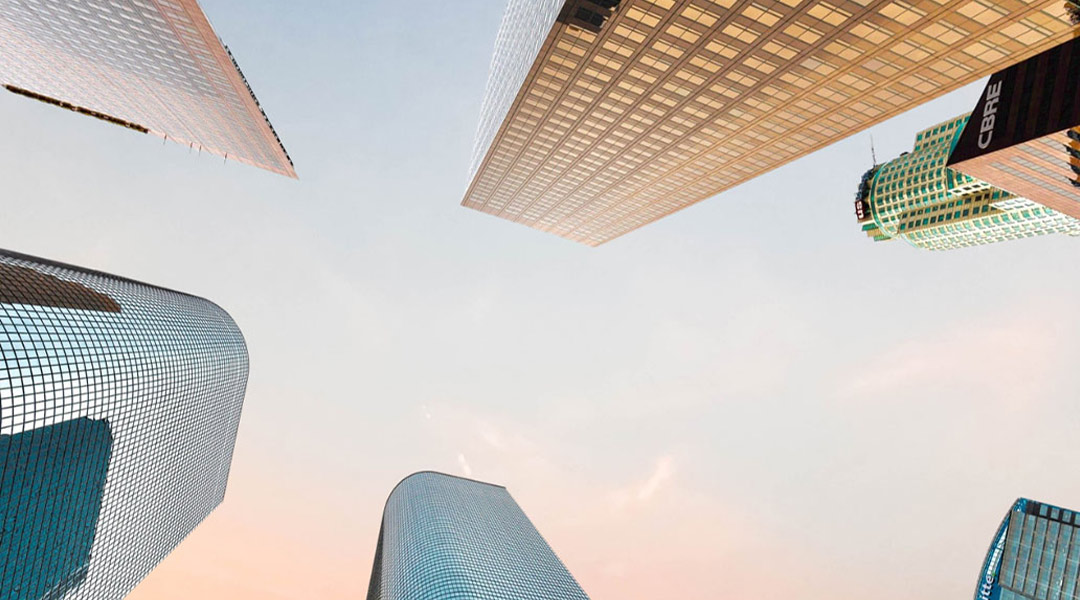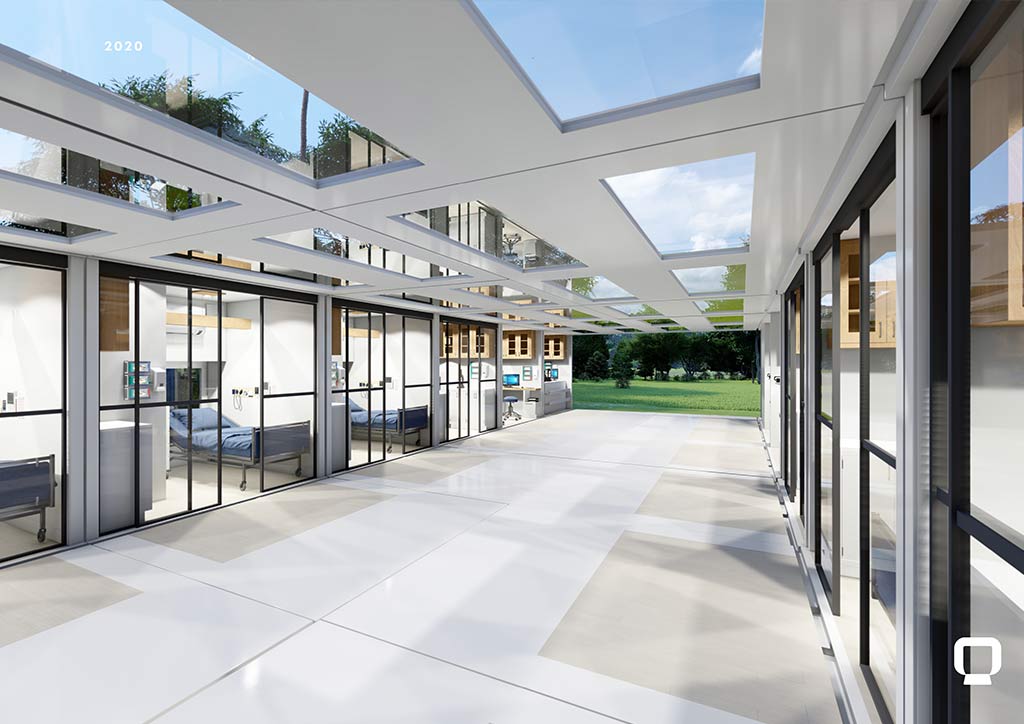
Creating Impact with Healthy Spaces: The Future According to Design

The COVID-19 pandemic has undoubtedly transformed the architecture profession. For more than a year now, we have forged ahead with immediate design responses to mitigate the overwhelming realities of the present as evidenced by the enthusiasm of designers in the form of guidelines, temporary structures, and quick remedies that we’ve seen surface globally. With the rise in the number of inoculated individuals and the commercial sector revving up in an effort to rejuvenate physical connectedness, we must re-evaluate our roles as active players in society with the unique ability to shape the built environments we inhabit. Often, architects present rose-tinted design proposals. To a fault, many of our design concepts are projected as future-proofed—our good intentions regrettably often put forward prescriptive solutions or present false claims for how individuals should use a space, or what we believe defines great urbanism. Without communication and collaboration with stakeholders, community members, or neighborhoods, we prioritize a personal ethos or agenda, which can be detrimental to establishing a more sustainable and equitable future.

Architecture in a post-pandemic era demands that we focus on a more empathetic and participatory design process. Our expertise can only take us so far—we must strive to be more conscientious of the end users—the people who live, work, socialize, and create in the spaces we build. We must refocus our profession into one that encourages specificity, one that advocates for a deeper understanding of the physical and mental well-being of the intended occupants, and the key attributes of a healthy space. Community engagement is a necessary investment to make individuals feel empowered as vital contributors to the creation of the built environments they occupy. As architects and designers, we must be consciously willing to learn and listen to the needs of both the individual and the public in order to propel our city into the future and design for healthy, safe, accessible, and equitable spaces.

Sustainability in architecture is built upon memories of lessons learned in an effort to meet our current needs, as well as those of future generations. In order to create long-lasting solutions, we must shift our mindset from building stagnant relics reflective of past tried-and-true methodologies into one that openly encourages testing unprecedented solutions. The uncertainty of the future calls for the brave prototyping of ideas that can be tested in real time, that can be quantified with new technologies, and that can be observed for qualitative measures. As architects and designers, we can use public spaces as our testing grounds that reconcile preparedness and functionality with creativity. Expectedly, some ideas would succeed, while others would fall short of their desired outcomes. Nevertheless, it is this enthusiasm and willingness to experiment—and potentially fail, that we require in order to construct the future fabric of society.
The silver lining to the pandemic has been this emergence of a collective spirit. In times of despair, media tends to fixate on the tragedies while the communities themselves turn to each other for support. When a disaster occurs, it has this almost comical way of bringing people together and the COVID-19 pandemic is no exception. Our moments of self-isolation strengthened our desire for staying connected to others more than ever. Throughout the pandemic, a proliferation of cross-collaborations emerged not only among architects and urban planners, but also included the involvement of healthcare professionals, lawyers, developers, policymakers, and community members, all of whom bring vibrancy and heart to our collective design thinking. Architects have been trained to bring together experts in diverse disciplines in order to address challenges and propose tailor-made solutions. In the future, we can continue to play this role and fuse together many new partnerships for design innovation.
In our current trajectory post-pandemic, we must also re-evaluate our roles in this industry and be reminded of the responsibilities we uphold in society. One of the tenets we hold in this profession is our obligation to build and create spaces that place the health, safety, and welfare of the public at the forefront of design. How do we move towards creating a more sustainable form of architecture and urbanism that addresses all of the challenges that have finally been given the spotlight and acknowledged through the COVID-19 crisis? We as architects and designers should strive to be more impactful. What better way to make an impact than to start with the very basic concept of designing healthy spaces?
To learn more about this story, click on the link to BluPrint’s latest e-mag feature.


